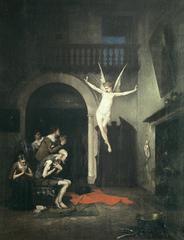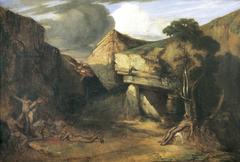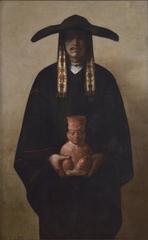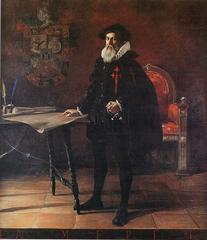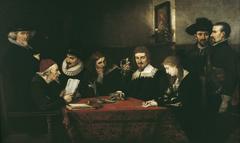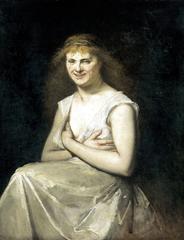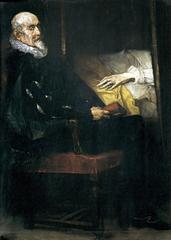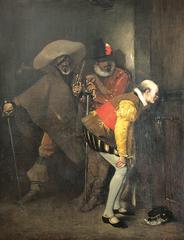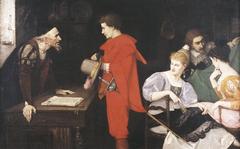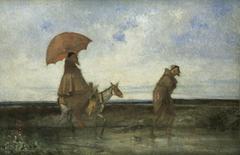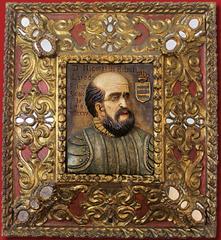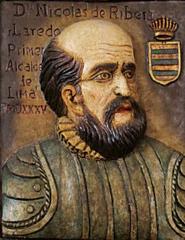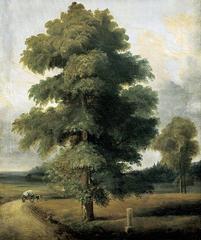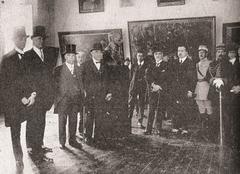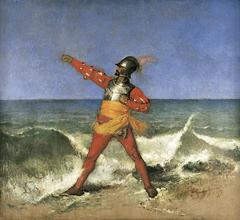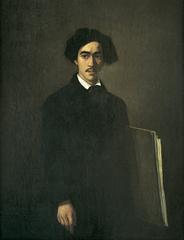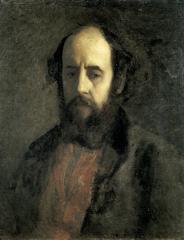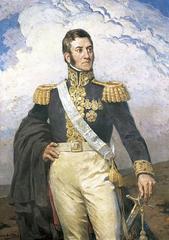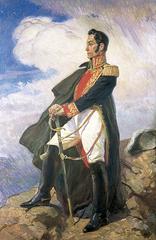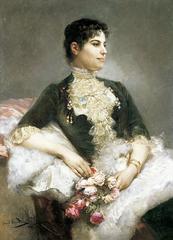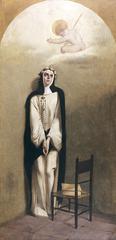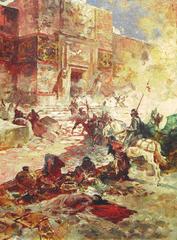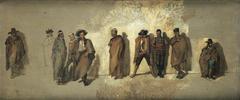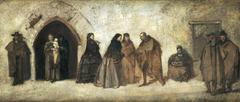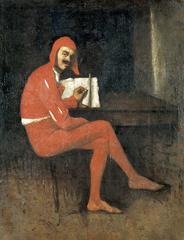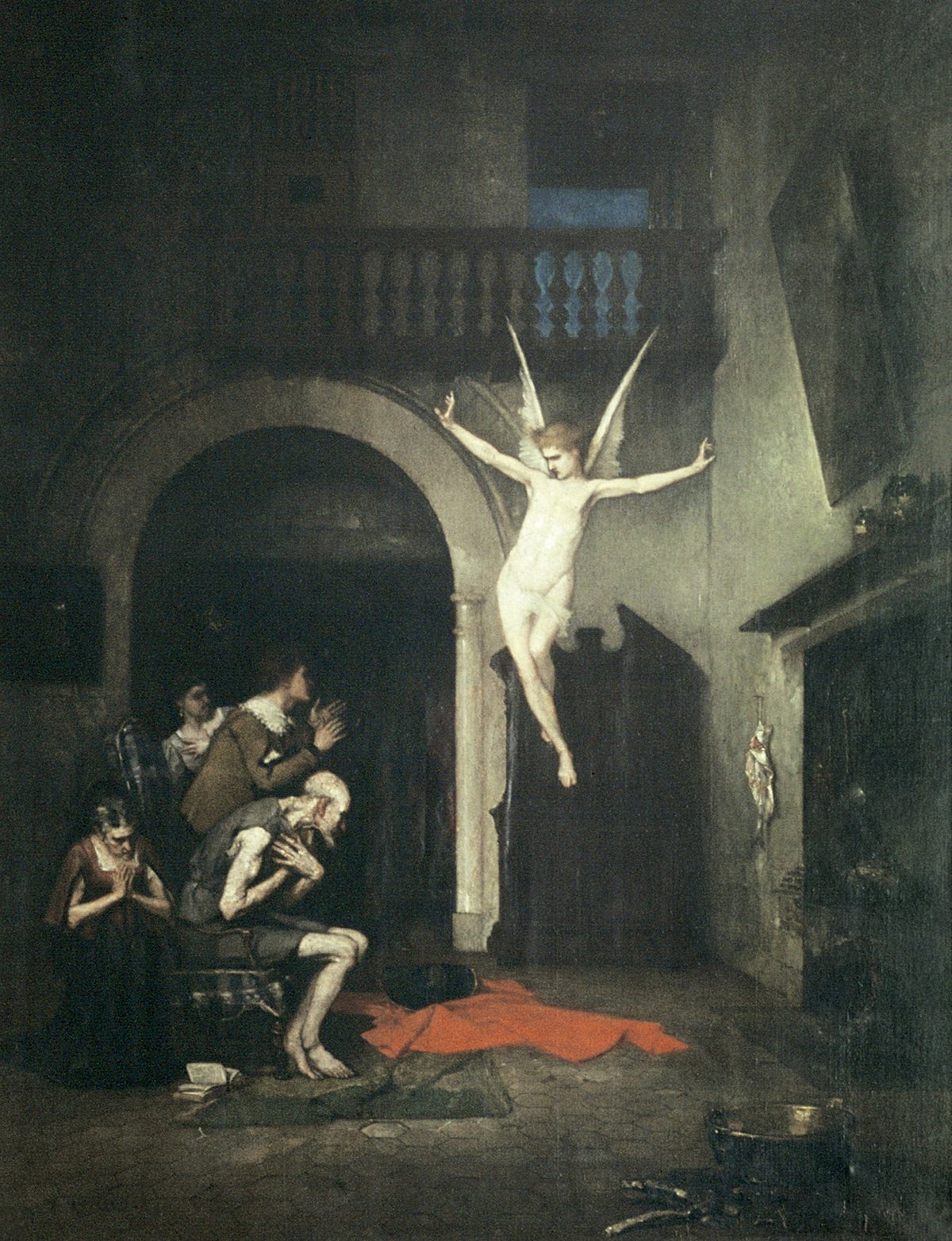
Pinacoteca Municipal Ignacio Merino: Visiting Hours, Tickets, and Lima Historical Sites Guide
Date: 15/06/2025
Introduction
The Pinacoteca Municipal Ignacio Merino, located in Lima’s historic center, stands as one of Peru’s most important art galleries and a key destination for anyone interested in the nation’s rich artistic and cultural legacy. Established in 1925 and named after Ignacio Merino, a pioneering figure in Peruvian painting, the gallery is housed within the Palacio Municipal de Lima, just steps from the famed Plaza Mayor and the Cathedral of Lima. With a collection that spans colonial art, republican-era masterpieces, and modern works, the Pinacoteca not only reflects Peru’s evolving identity but also offers visitors a unique lens through which to explore the country’s past and present (Municipalidad de Lima, Vamos Lima, Somos Perú).
This comprehensive guide details the Pinacoteca’s visiting hours, ticketing, collection highlights, accessibility, and tips to enrich your visit. Whether you’re a first-time traveler or a seasoned art lover, you’ll find everything you need to make the most of your time at this cultural landmark.
Table of Contents
- Introduction
- Essential Visitor Information (Hours, Tickets, Location)
- Access, Facilities, and Visitor Services
- Museum History and Cultural Significance
- Collection Highlights and Notable Artists
- Events, Guided Tours, and Special Exhibitions
- Nearby Attractions in Lima’s Historic Center
- Travel Tips and Practical Advice
- Frequently Asked Questions (FAQ)
- References and Useful Links
Essential Visitor Information
Visiting Hours and Tickets
- Opening Times:
- Tuesday to Sunday: 10:00 AM – 6:00 PM
- Closed on Mondays and public holidays
- Admission:
- General entry is free. Some special exhibitions may require a ticket, available at the gallery or via the official municipal website.
- Guided Tours:
- Offered in Spanish and English. Advance booking is recommended for groups or specialized experiences.
(Museos de Lima, Municipalidad de Lima)
Location
- Address: Palacio Municipal de Lima, Jr. Conde de Superunda 141 (third floor), Historic Center of Lima.
- Getting There:
- By Foot: The museum is within walking distance of the Plaza Mayor and other central landmarks. From Plaza San Martín, walk east along Jirón de la Unión and follow signposts to the Palacio Municipal.
- By Public Transport: Multiple bus routes serve the historic center; the closest stops are near Plaza Mayor or Jirón Rufino Torrico.
- By Taxi/Ride-Hailing: Provide your driver with “Pinacoteca Municipal Ignacio Merino, Jr. Conde de Superunda 141, Lima.”
(Evendo)
Access, Facilities, and Visitor Services
- Accessibility:
- The museum is located on the third floor and is accessible via elevator. Some areas may have limitations due to the historic architecture, so visitors with mobility concerns should contact the museum in advance.
- Facilities:
- Multilingual signage (Spanish/English)
- Free Wi-Fi in public areas
- Rest areas and cloakrooms
- Workshops and educational programs for all ages
- Photography:
- Non-flash photography is generally permitted except in temporary exhibitions. Confirm current policy at the entrance.
- Contact:
- Email: [email protected]
- Phone: +51 1 315-1539
Museum History and Cultural Significance
Origins and Development
Founded on May 29, 1925, the Pinacoteca originally served to house and preserve a bequest of 30 works by Ignacio Merino, who played a crucial role in shaping Peru’s academic painting tradition. Over the decades, the collection expanded significantly, especially with the addition of Pancho Fierro’s renowned watercolors in 1954, and now features more than 570 pieces that document the evolution of Peruvian art from the colonial era through the 20th century. The museum’s setting within the historic municipal palace enhances its cultural resonance, linking art with Lima’s civic history (Wikipedia).
Artistic Legacy
The gallery’s holdings chronicle milestones in Peruvian visual culture, from the Cuzco School’s religious imagery to republican-era portraiture, and the rise of Indigenismo and modernist movements. The Pinacoteca plays a vital role in preserving and promoting this heritage through restoration, exhibitions, and educational outreach (Vamos Lima, LimaEasy).
Collection Highlights and Notable Artists
Colonial (Virreinal) Art
The earliest works include religious paintings and artifacts from the Cuzco School, blending European and indigenous styles. These pieces are notable for their intricate detail and vibrant colors.
Republican and Academic Painting
Portraits and historical scenes from the 19th century reflect Peru’s search for national identity in the post-independence era, with Ignacio Merino’s works bridging European techniques and local themes.
Pancho Fierro Watercolors
The museum holds the world’s largest collection of watercolors by Pancho Fierro—over 250 pieces. These vivid, humorous scenes of Lima’s everyday life in the 1800s are an irreplaceable visual chronicle of the city (Somos Perú).
Indigenist and Modernist Movements
The gallery features key works by José Sabogal and Julia Codesido, leaders of Peru’s Indigenist movement, which celebrated indigenous culture and traditions. Modernist works by Tilsa Tsuchiya and Fernando de Szyszlo showcase Peru’s engagement with global art trends while drawing from local heritage.
Other Notable Artists
- Francisco Laso
- Daniel Hernández
- Adolfo Winternitz
- Teófilo Castillo
- Carlos Quízpez Asín
(Google Arts & Culture, Tres60.Travel)
Events, Guided Tours, and Special Exhibitions
The Pinacoteca regularly hosts temporary exhibitions, guided tours, and workshops for families and students. Special events, such as the “Museos Abiertos de Noche,” provide opportunities to explore the museum after hours. Check the official website and social media for up-to-date event listings (Infobae).
Nearby Attractions in Lima’s Historic Center
Pair your Pinacoteca visit with nearby historical and cultural sites:
- Plaza Mayor: Lima’s main square, surrounded by colonial architecture.
- Cathedral of Lima: Iconic religious landmark.
- Museo de Arte de Lima (MALI): Leading art museum with vast collections.
- Convent of San Francisco: Famous for its baroque architecture and catacombs.
Enjoy walking tours, sample traditional Peruvian cuisine in the area, and consider exploring Lima’s vibrant events calendar for festivals and performances.
Travel Tips and Practical Advice
- Best Times to Visit: Weekday mornings are least crowded.
- Language: Some signage is in English, but consider hiring a bilingual guide for deeper context.
- Nearby Amenities: Cafés, restaurants, and hotels cater to all budgets in the historic district.
- Special Events: October is notable for the Señor de los Milagros celebrations.
For a digital companion, download the Audiala app for interactive maps, audio guides, and up-to-date information on Lima’s museums and attractions.
Frequently Asked Questions (FAQ)
Q: What are the Pinacoteca’s opening hours?
A: Tuesday to Sunday, 10:00 AM to 6:00 PM. Closed Mondays and public holidays.
Q: Is admission free?
A: Yes, general entry is free. Some special exhibitions may require tickets.
Q: Is the museum accessible for people with reduced mobility?
A: Yes, there is elevator access, though some limitations exist due to the historic building. Contact the museum for specific requirements.
Q: Are guided tours offered?
A: Yes, in Spanish and English. Book in advance for groups.
Q: Can I take photos inside the museum?
A: Generally yes, without flash. Always confirm at the entrance.
Q: What other sites are nearby?
A: Plaza Mayor, Cathedral of Lima, Museo de Arte de Lima, and Convent of San Francisco.
References and Useful Links
- Municipalidad de Lima
- Vamos Lima
- Museos de Lima
- Somos Perú
- Tres60.Travel
- Infobae
- Google Arts & Culture
- Evendo
Conclusion
The Pinacoteca Municipal Ignacio Merino is a must-see for anyone exploring Lima’s historic center. Its extensive collection, free admission, and central location make it an accessible and inspiring destination for art lovers and curious travelers alike. Plan your visit using the latest information from official sources, enhance your experience with audio guides and virtual tours, and immerse yourself in the heart of Peru’s artistic and cultural heritage.
